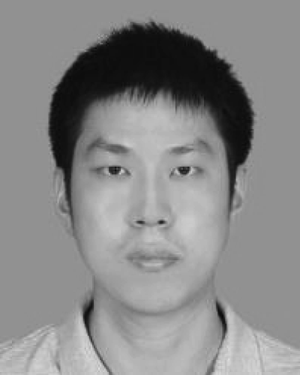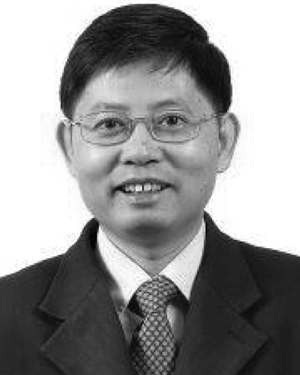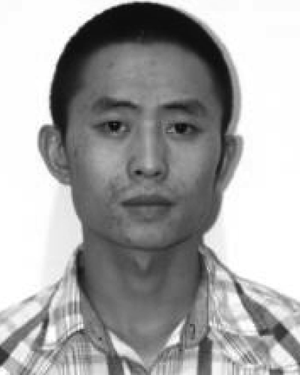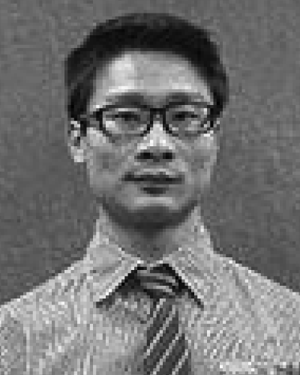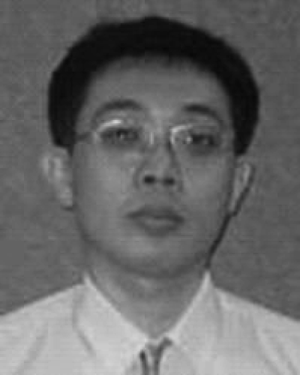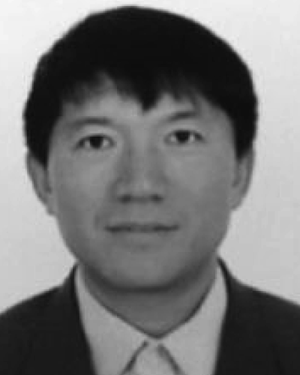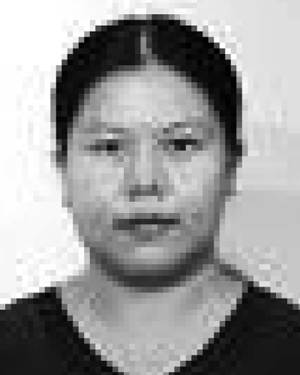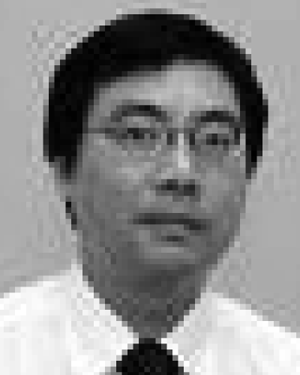I. Introduction
Resistive switching random access memory (RRAM) based on metal oxides, such as Al2O3, ZnO, NiOx, TiO2, and CuxO, is promising in the application of next-generation nonvolatile memory due to its simple structure, low-power consumption, high read/write speed, and good reliability [1]–[7]. Recently, multilevel resistance states in RRAM devices have been demonstrated to increase the storage density of the RRAM device [8], [9]. Until now, most of the studies were focused on the performance improvement and reliability of the multibit storage, there are relatively few studies on the mechanism for the multilevel resistance states of RRAM device. In this brief, impedance spectroscopy is employed to investigate multilevel high-resistance states in TiN/HfOx/Pt RRAM structure. Impedance spectroscopy is a powerful tool to examine the conduction properties of dielectric thin films, making it suitable for resistive switching property study [10], [11]. For the TiN/HfOx/Pt RRAM structure used in this brief, the multilevel high-resistance states may be attributed to the different rupture degrees of the conductive filament, which is hard to be detected by the microscopic techniques such as transmission electron microscopy and scanning probe microscopy. However, through the analysis of the impedance measurement, we have been able to obtain information about the redox reaction relating to the change of TiON interfacial layer and rupture of the conductive filament for different high-resistance states.


